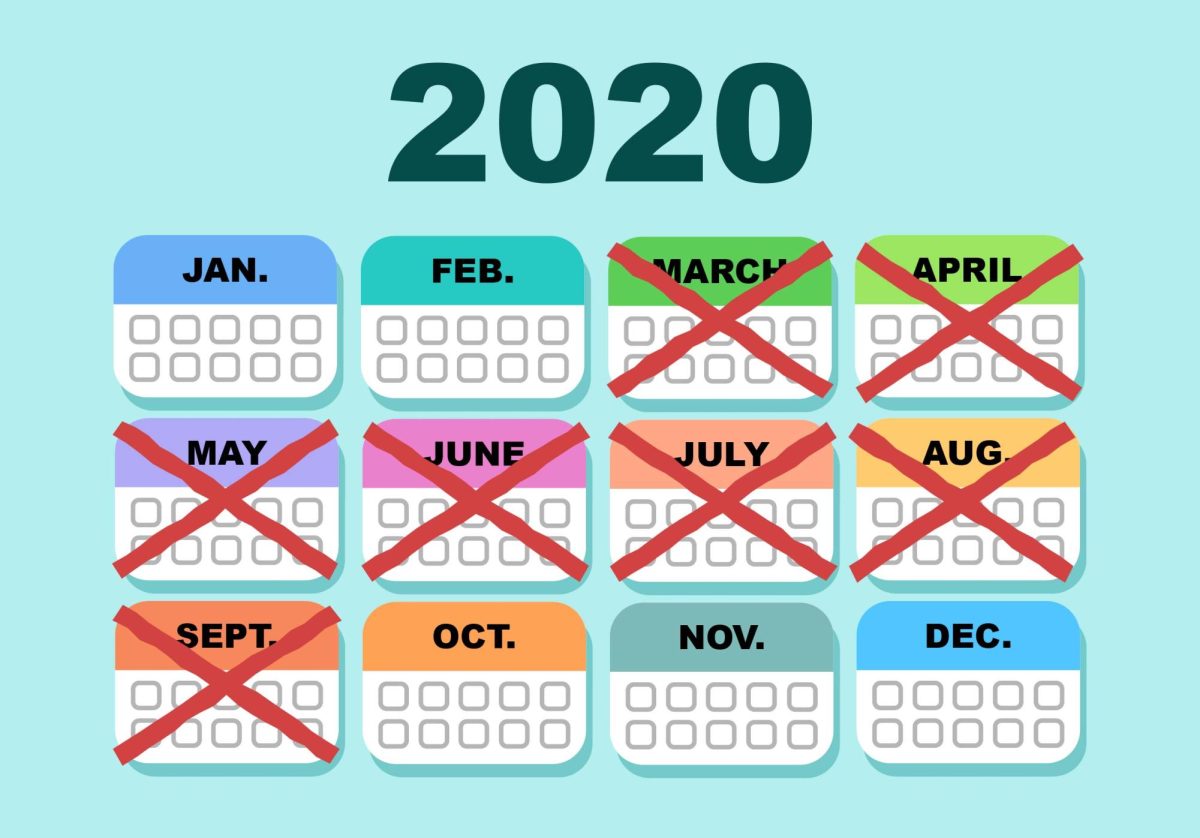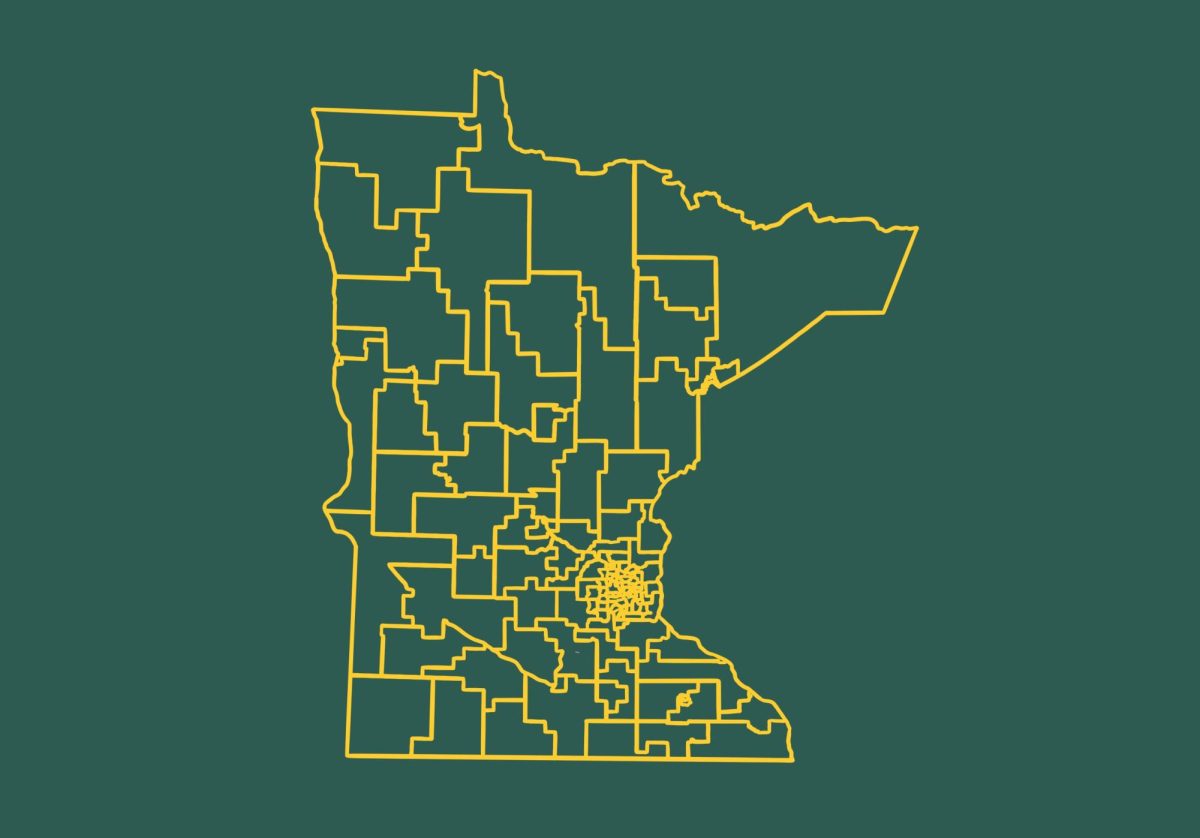In November 2013, Minneapolis residents had their second opportunity to use ranked-choice voting in a mayoral election. RCV is a modest but powerful election reform that allows voters to rank their favorite candidates on the ballot in order of preference, instead of choosing one. This simple change eliminates municipal primaries and forces candidates to form a coalition of support from the greater electorate — not just the small, unrepresentative portion of voters who generally participate in primaries. Some Minneapolis precincts have previously recorded less than 5 percent voter participation in primary elections.
I was the field director of FairVote Minnesota’s Rank Your Vote educational campaign in 2013, and I worked hard to educate voters about how to correctly rank their ballot, and about the many benefits of RCV. FairVote Minnesota is a nonprofit, nonpartisan organization working toward greater competitiveness, better representation and more participation in elections. I am proud to say that our persistence paid off. Due in part to our educational campaign, more than 85 percent of Minneapolis residents ranked their votes on Election Day, and more than 90 percent of young people successfully ranked candidates.
While over the past few years we have seen efforts to silence or limit the voice of new voters, voters of color, young voters and student voters, RCV seeks to amplify them.
RCV isn’t the silver-bullet answer that will remove all the barriers faced by student voters and voters of color, but it’s a step in the right direction. The old municipal primary system allowed a tiny, demographically narrow slice of the electorate to choose which candidate would appear on the ballot. RCV, by contrast, enables all eligible voters — from across the political spectrum and all communities — to fully engage in the process of choosing our leaders.
In contrast to the positive and civil nature of last year’s Minneapolis mayoral election, this year’s state house election — under traditional partisan primary-general election rules — between Rep. Phyllis Kahn, DFL-Minneapolis, and Mohamud Noor has become one of the most negative campaigns in our district’s history.
I applaud both campaigns’ efforts to pursue early voting, which opens up the process to more voters. However, the rest of their campaign has become alarmingly negative — from a fight on caucus night to false allegations of massive voter fraud to accusations of biased comments by an election judge. Where will it end?
Because of the winner-take-all model of the current system, candidates and their supporters have a strong incentive to use a negative campaign to edge out their opponent. And whenever a race gets down to just two candidates, it’s a surefire recipe for negative campaigning. RCV, in contrast, opens the process to more candidates and forces the candidates to compete for second- and third-choice votes, encouraging them to seek support from a diverse coalition of voters and avoid negative political attacks.
RCV proved wildly successful in last year’s election in Minneapolis, and there’s growing demand for RCV in other communities. While cities like Minneapolis and St. Paul and other cities with their own charter can use RCV, state law prohibits other cities, counties and school boards from implementing RCV without seeking special legislative permission.
For this reason, FairVote Minnesota has been working to pass a local-options bill, a sensible, straightforward, mandate-free measure that would give local communities the freedom, tools and guidelines to try RCV if they wish. For those communities not interested in RCV, this bill would have no impact whatsoever. As House author Rep. Steve Simon, DFL-Hopkins, put it, “if Roseville or Red Wing wants to experiment with RCV — great. If their people love it — great. If their people hate it, they can ditch it. That’s it.”
I encourage you to call your legislators in support of the local-options bill. FairVote Minnesota will continue working for a voting system that’s proven to yield more civil campaigns, greater voter choice, broader participation and fewer barriers for students, military voters and overseas voters. With your help, we will pass the bill, the first step in bringing this sensible election reform to all citizens of Minnesota.








